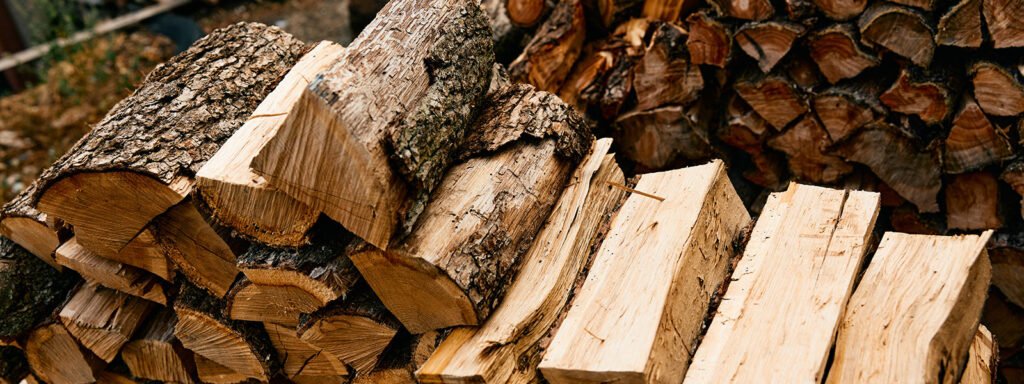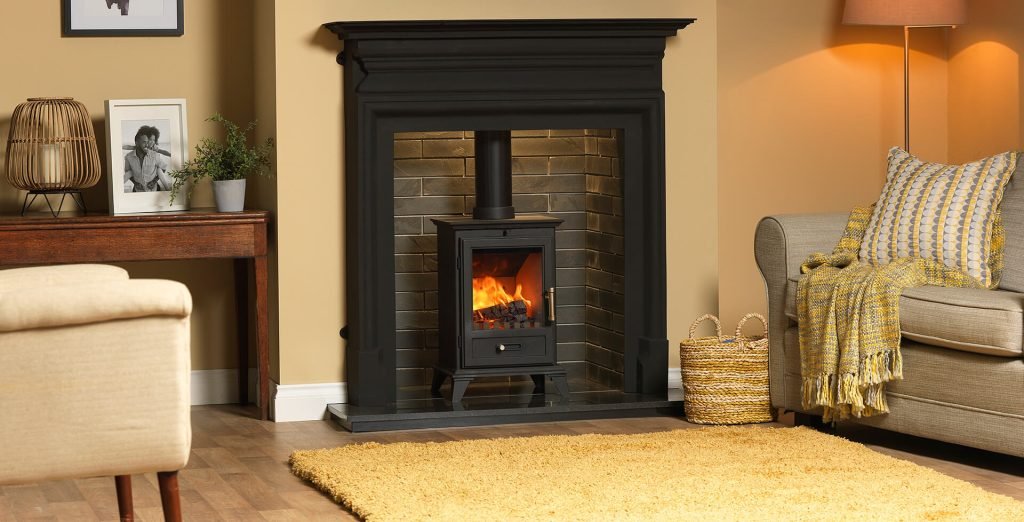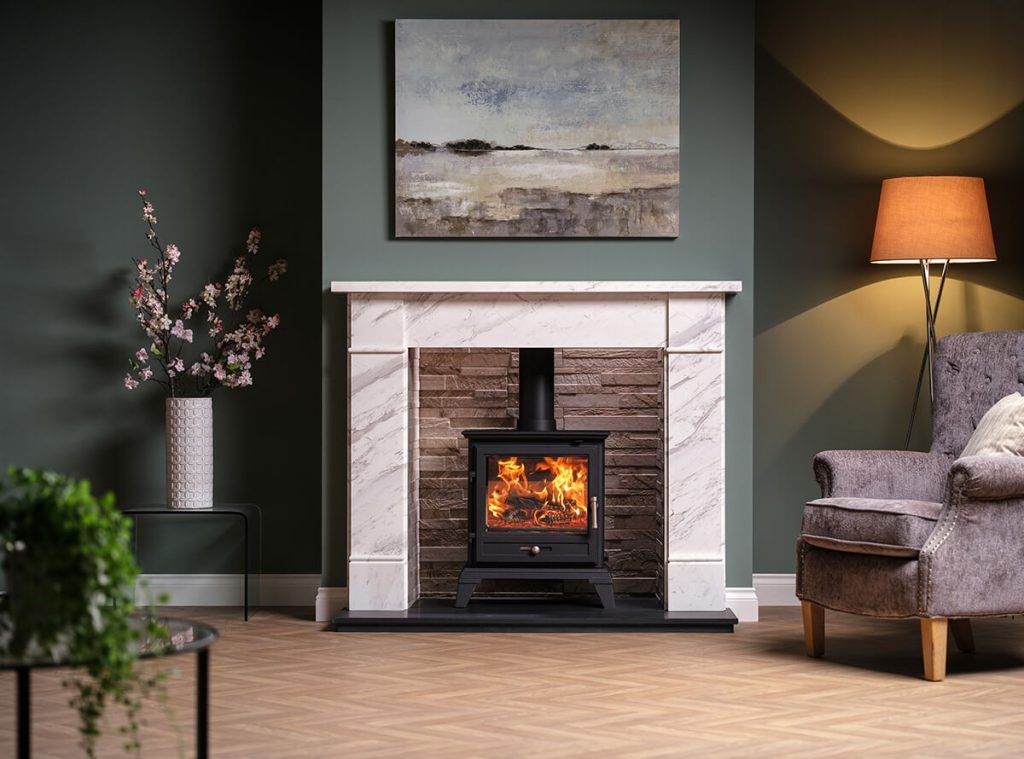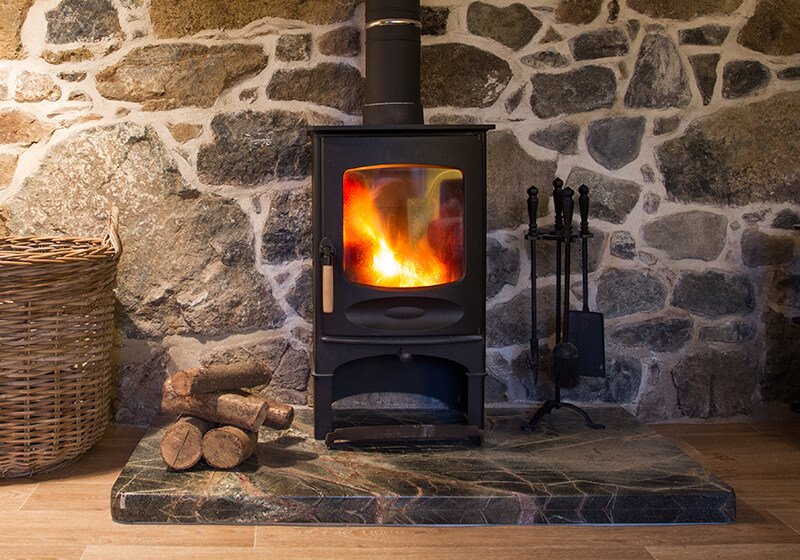Table of contents:
Comparing Wood Burning Stoves to Alternative Heating Options
When considering heating options for your home, it’s essential to weigh the benefits and drawbacks of various systems. This article compares wood-burning stoves to alternative heating methods, focusing on aspects such as cost, efficiency, environmental impact, and suitability for UK homeowners.
Initial Installation and Costs
Wood-Burning Stoves
Installing a wood-burning stove involves purchasing the unit and covering installation expenses. Depending on the model and any additional work required, such as modifying existing fireplaces or installing flues, total costs can range from £2,000 to £6,000 or more.
Gas Central Heating
Gas central heating systems typically cost between £2,000 and £4,000 to install. While the initial outlay may be comparable to that of wood-burning stoves, gas systems offer the convenience of heating the entire home with the flick of a switch.
Heat Pumps
Air source heat pumps are gaining popularity as a renewable heating solution. However, installation costs are higher, often around £12,000, varying based on home size and location.
Running Costs and Efficiency
Fuel Expenses
Wood costs approximately 30% less than electricity and is about 13% cheaper than gas, making it an attractive option for some homeowners.
Maintenance
Wood-burning stoves require regular maintenance, including chimney cleaning, to ensure safe operation. Gas and oil boilers also need annual servicing, but their complexity may lead to more frequent technical issues as they age.
Environmental Considerations
While wood is a renewable resource, burning it releases particulate matter, contributing to air pollution. Modern, eco-friendly stoves and proper fuel usage can mitigate some of these effects. Gas heating produces fewer particulates but relies on fossil fuels, impacting carbon emissions. Heat pumps offer a cleaner alternative, utilizing ambient air or ground heat, but their efficiency depends on the electricity’s carbon footprint.
Convenience and Lifestyle
Wood-burning stoves require manual effort, from sourcing and storing wood to lighting and maintaining the fire. For those who enjoy the ambiance of a real fire, this can be a rewarding experience. In contrast, gas central heating and heat pumps provide automated, consistent warmth with minimal user intervention.
Expert Advice from Flue & Flame
At Flue & Flame, we understand that choosing the right heating solution is a significant decision. Here are some recommendations to help you make an informed choice:
Assess Your Heating Needs
Consider the size of your home, insulation quality, and specific heating requirements.
Evaluate Fuel Availability
Ensure a reliable and cost-effective supply of your chosen fuel, whether it’s wood, gas, or electricity.
Consider Environmental Impact
Reflect on your environmental priorities and the carbon footprint of each heating option.
Think About Lifestyle
Determine how much time and effort you’re willing to invest in maintaining your heating system.
Seek Professional Guidance
Consult with heating professionals to understand the best options tailored to your home’s characteristics.
Conclusion
Selecting the ideal heating system involves balancing factors such as cost, efficiency, environmental impact, and personal preference. Wood-burning stoves offer a cozy ambiance and potential cost savings but require more hands-on maintenance. Gas central heating provides convenience and whole-home warmth, while heat pumps present an eco-friendly alternative with higher upfront costs. By carefully evaluating your needs and consulting with experts, you can choose a heating solution that aligns with your lifestyle and values.

Build your perfect log burner installation quote here






